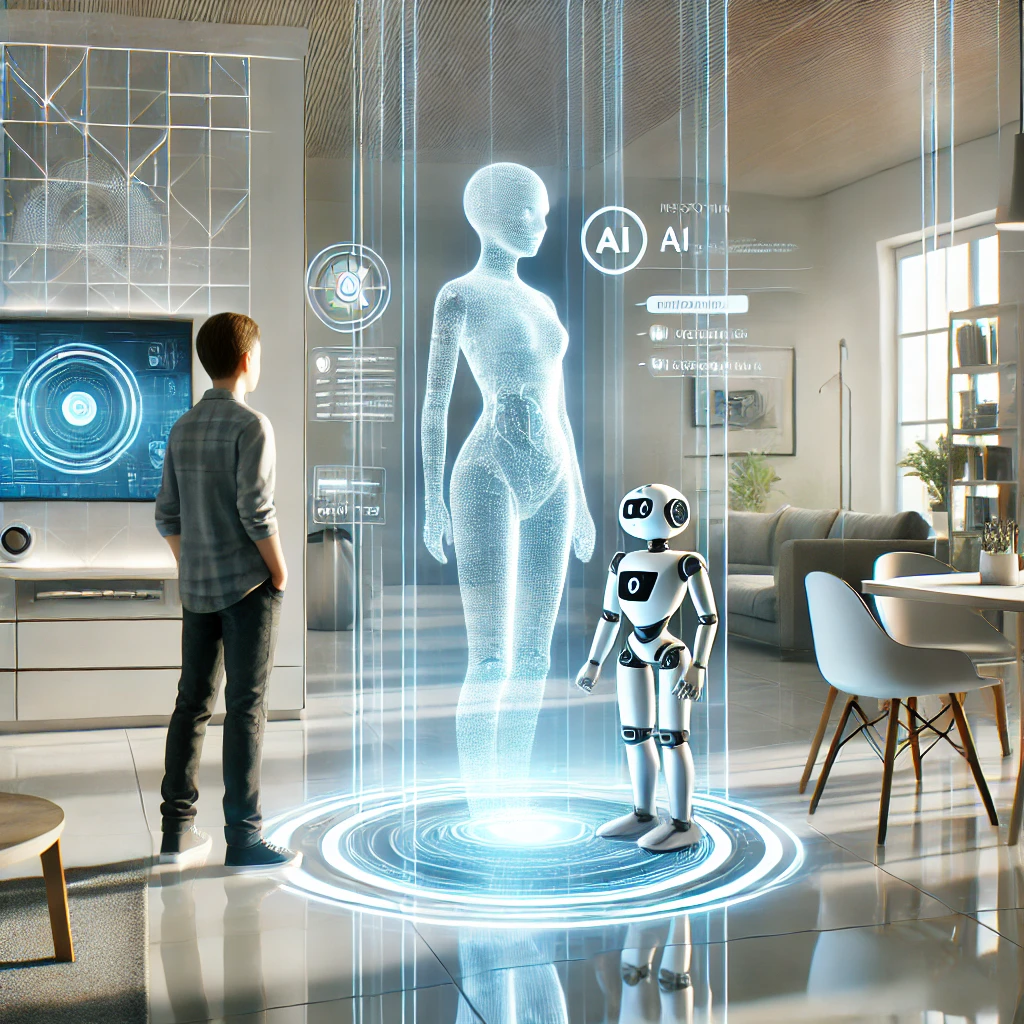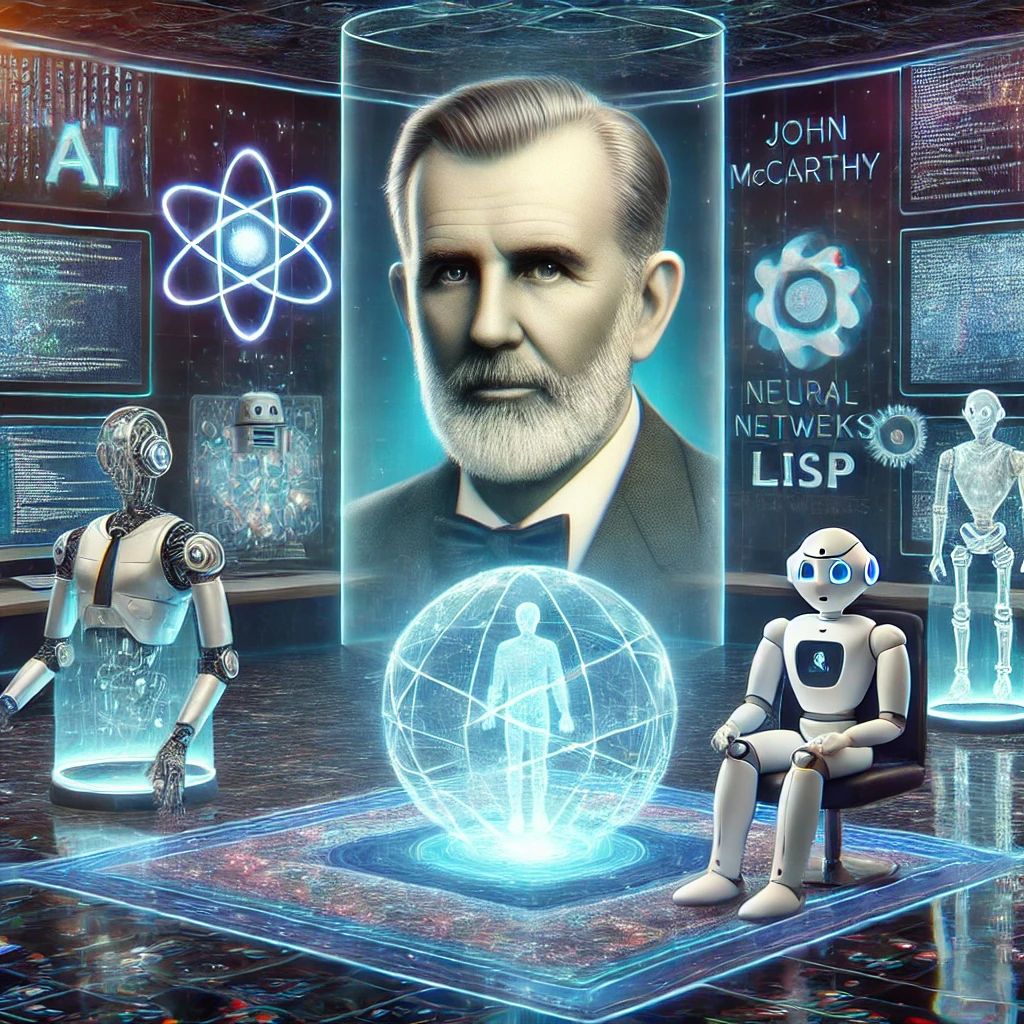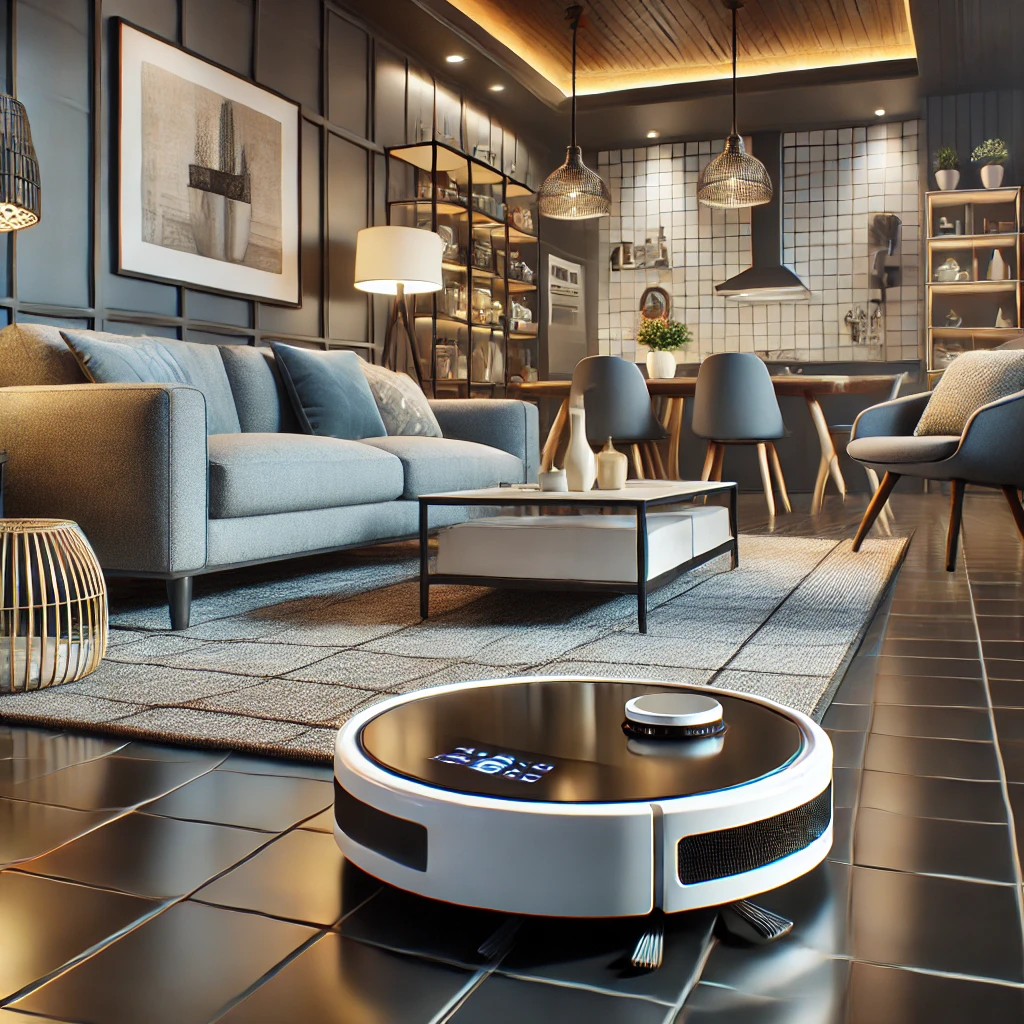The technology of Artificial Intelligence exists today as a fundamental aspect of how people live through each day. Simple AI serves as an essential factor which enables both improved convenience and greater efficiency through numerous smart system recommendations. The functioning nature of Simple AI remains unclear although researchers need to understand the basics of its operation and definition.
What is Simple AI?
Simple AI functions as narrow AI since it operates a specific task without involving human-level reasoning processes. The main distinction between Simple AI and General AI emerges through their purpose because Simple AI handles specific tasks with predefined definitions and General AI strives to duplicate human intelligence in all domains of operation.
Key Features of Simple AI
- The system executes its duties consisting of pre-defined operations while maintaining high operational efficiency.
- The system utilizes machine learning mechanisms that enable performance to advance through processing gathered information.
- Automation performs tasks which otherwise need human intervention to minimize routine work.
- The system presents programmed decisions since it cannot generate independent thinking beyond its set commands.
A Brief History of Simple AI
Simple AI originated during the early stages of computing technology development. AI systems underwent development from simple rule-based origins to advanced machine learning approaches throughout several years.
Milestones in AI Development
- During the 1950s Alan Turing developed the first theory of machine-based intelligence.
- Early Artificial Intelligence studies from the 1960s resulted in the emergence of rule-based system technologies.
- AI chess applications operating during the 1990s took victories over skilled human chess masters.
- AI applications became revolutionized when the combination of machine learning and NLP and deep learning systems emerged during the 2000s and continuing to present day.
How Simple AI Works
The operational method of Simple AI depends on defined rules and algorithms together with machine learning models. The system takes data intake for pattern assessment before performing autonomous tasks.
Components of Simple AI
- Machine Learning Models allow AI to study existing data thus it achieves better accuracy levels.
- NLP as a component allows AI systems to decipher human speech along with generating appropriate responses.
- Through automation algorithms the system automatically performs assigned tasks.
- Neural Networks functions as a system that reproduces brain patterns in order to boost educational processes.
Everyday Applications of Simple AI
Standard AI technologies exist in various industries thus making our everyday responsibilities both more efficient and user-friendly to perform.
Simple AI in Daily Life
- Virtual Assistants run as AI-powered assistants that execute voice command operations through Siri and Alexa.
- The user-oriented content recommendations of Netflix and YouTube operate through Recommendation Systems.
- AI chatbots provide customer support functions in numerous websites.
- People with smart home devices enable AI to manage their lighting systems and security devices as well as temperature regulation.
- AI has directed GPS services to enhance their route optimization processes while also delivering continuous traffic information updates.
- Online stores implement AI technologies for client-based product recommendation systems that utilize user shopping patterns.
- Voice Recognition technology in Smart Devices obtains better outcomes through AI algorithms to enhance user interaction.
- AI functions in social platforms perform three tasks including personalized content delivery and spam filtering and misinformation detection.
Simple AI in Business
- The optimization process of email marketing alongside email responses relies on AI technology.
- Through data analysis AI enables businesses to enhance customer behavior study which leads to the development of improved services.
- The financial sector employs artificial intelligence for automatic detection of illegal banking transactions.
- The system enables Human Resources departments to use AI for application screening along with interview booking.
- The AI system within Customer Relationship Management (CRM) gives users personalized interaction and automates their responses to customers.
- The supply chain function receives optimization from AI technology through solutions for logistics together with inventory maintenance.
- AI achieves better targeted marketing through its power along with promoting enhanced customer engagement.
Simple AI in Healthcare
- Through image recognition AI aids relevant medical functions in disease detection.
- Monitoring health trends through wearable devices is a function of Health Monitoring Apps.
- AI systems boost the discovery of new drugs at a faster rate through their capabilities.
- Online patients can consult virtual assistance systems that serve basic medical recommendations from symptoms recorded through AI chatbots.
- AI enables doctors to monitor patient health conditions continuously by deploying remote patient tracking systems.
- Healthcare predictive analytics uses AI to identify possible health threats that link to patient treatment records.
- Therapy chatbots run by AI offer patients emotional assistance along with mental health recommendations.
Ethical Considerations and AI Regulations
Simple AI systems have created an urgent need for ethical regulations and concerns that guard AI development from irresponsible practices.
Key Ethical Challenges
- AI systems develop social prejudices through their learning process when utilizing homogeneous training materials.
- AI devices acquire extensive personal data while processing it.
- Modern technology through automation shifts existing human work positions from different sectors into jobless conditions.
- Various worldwide regulatory bodies strive to control AI systems for achieving unbiased operations while ensuring complete clarity.
Benefits of Simple AI
The growing use of Simple AI offers numerous advantages in different sectors.
Advantages of Simple AI
- Advantages of Simple AI
- The automation through AI completes operations with swifter speed than what humans would achieve.
- The system operates at lower costs because it performs repetitive work tasks automatically.
- Accuracy: Minimizes errors in data analysis and decision-making.
- AI systems operate continuously throughout all 24 hours of the day as they do not need downtime.
- The system efficiently scales up to higher levels of work without sacrificing operational speed.
- Through its use AI systems deliver better personalized service interactions to customers.
- AI systems foresee upcoming market directions combined with upcoming user demands in order to deliver proactive choices to decision-makers.
- The environment benefits from AI technologies because these systems effectively reduce energy use for sustainability purposes.
Challenges and Limitations of Simple AI
Simple AI systems present several disadvantages even though they provide advantages.
Challenges of Simple AI
- Systems with lack of creativity cannot function independently from their programmed instructions.
- Data Dependency: Requires large datasets for accuracy.
- Some AI systems pose risks to digital security networks because they maintain open vulnerabilities against cyber intrusions.
- AI develops ethical problems through its propensity to make biased decisions which leads to employee displacement at work.
- Limited Adaptability: AI struggles with complex, multi-faceted decision-making.
- Advanced AI solutions become very expensive when deployed by small businesses.
- Users typically have no way to understand what processes and factors contribute to AI model choices.
The Future of Simple AI
Simple AI will transform how both industries work and how people interact with their daily lives during its continuing development. Improvements in Artificial Intelligence result in better automated systems and improved choices alongside improved product experiences for users.
What’s Next for Simple AI?
- AI will develop capabilities to learn distinct requirements of each individual user.
- Using IoT together with AI will boost smart device capabilities to automate functions.
- Programmers will dedicate their efforts to create AI systems that use fairness and elimination of bias.
- AI tools will generate individualized educational programs for students through smarter approaches.
- Currently robots utilize Simple AI for space exploration tasks.
- AI systems have the capability to detect threats better and stop cyber-attacks through their usage in cybersecurity.
- AI technology will assist in legal research while also providing predictions in case-related matters.
- The sustainable applications of AI rely on AI-generated methods for maximizing resource utilization.
Conclusion
The simple artificial intelligence system produces substantial transformation in our technology user experiences. AI-based innovations improve both accuracy and efficiency in personal use as well as in business sectors and healthcare applications. The future development of AI will enable even stronger integration of Simple AI into our everyday existence.







